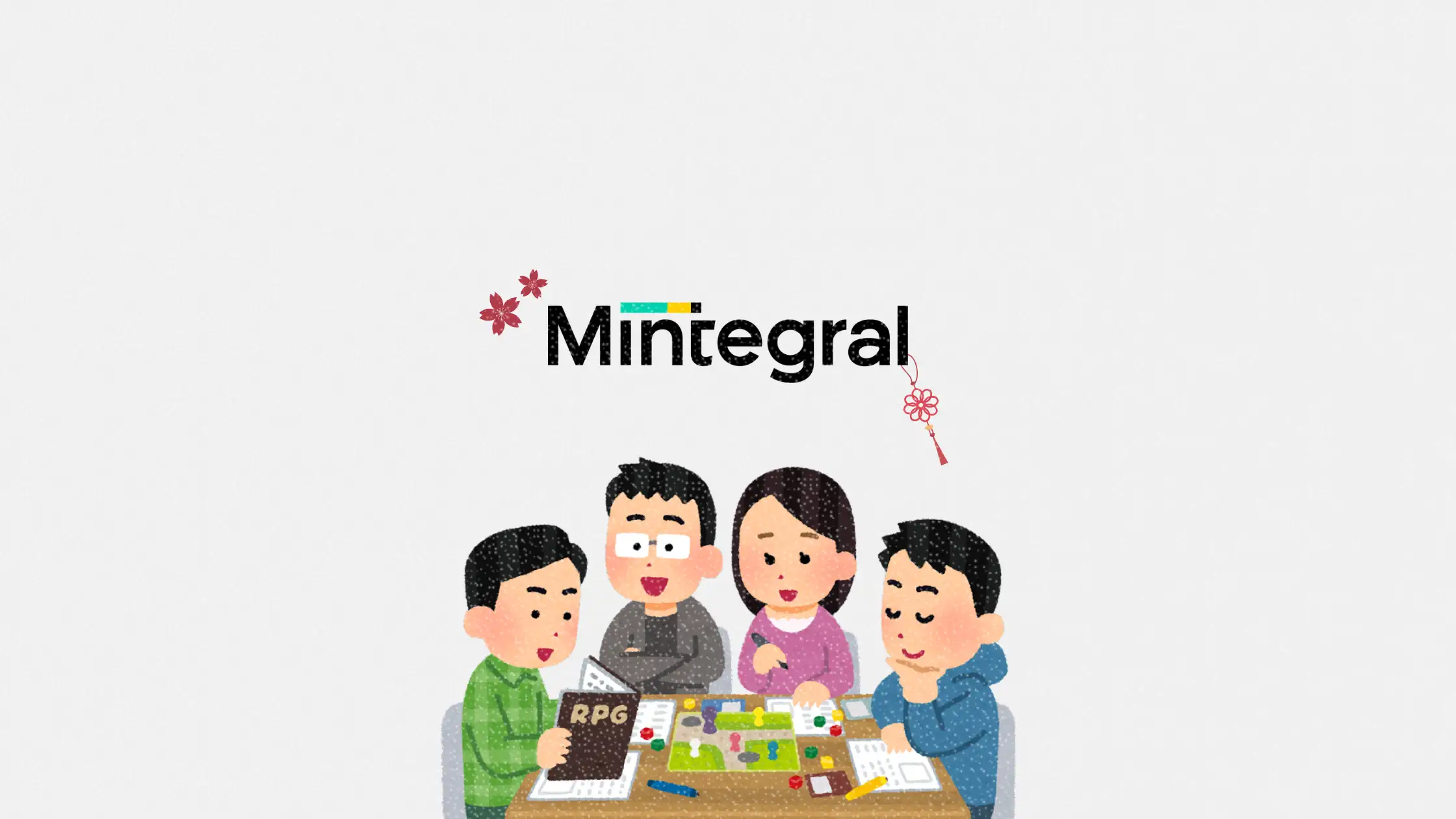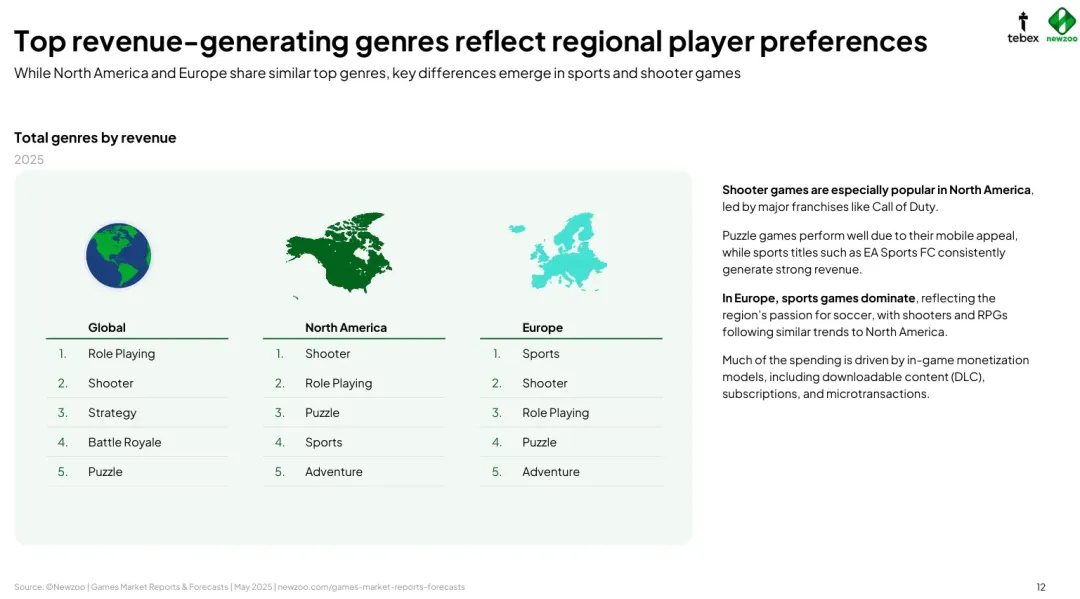Mintegral's guide to acquiring paying RPG players in Japan and South Korea
High CPI, high rewards: how to win over loyal RPG spenders in Asia’s most lucrative markets

RPGs remain a dominant force in global mobile gaming, but rising user acquisition costs and shifting player behavior are forcing developers to rethink how they drive in-app purchases.
According to Mintegral’s latest report, despite bringing in over 40% of global IAP revenue in 2024, the RPG genre saw a 12% year-over-year revenue drop in Q2 2025, according to Sensor Tower.
This article explores two of the genre’s most lucrative yet complex markets, Japan and South Korea, and outlines tactical strategies RPG marketers can use to acquire and retain high-value players.
Short on time?
Here’s a table of contents for quick access:
- Japan and South Korea: high stakes, high rewards
- Understanding the unique UA landscape
- Winning UA strategies for RPGs

Japan and South Korea: high stakes, high rewards
Japan and South Korea continue to be RPG powerhouses, driven by strong cultural affinity for character-driven narratives and high IAP engagement. In 2024, RPGs made up 40.1% of Japan’s total gaming revenue, according to Market Data Forecast. South Korea shows similar dominance, with RPGs accounting for nearly half of the country's gaming IAP revenue in 2024.
But tapping into these markets doesn’t come cheap. The average cost per install for RPGs in Japan hit US$2.78 in Q1 2025, almost double the genre’s global average. Still, high CPI isn’t necessarily bad news. It reflects a willingness to spend. Average revenue per download in Japan and South Korea exceeds US$60 and US$25 respectively, making them among the highest lifetime value markets globally.

The takeaway? In these high-performance markets, quality beats volume. If you're not optimizing for LTV, you’re probably burning budget on low-value installs.
Understanding the unique UA landscape
Japan and South Korea may both be RPG powerhouses, but their user acquisition cultures are anything but identical. To succeed in either market, developers need to understand how players are reached—and what high-value acquisition really looks like.
Japan: media-first, feedback-driven
User acquisition in Japan starts with media and PR, not ads. Developers announce new RPGs via press releases on platforms like X (formerly Twitter), using early player feedback to refine creative assets. Once messaging is tested, it’s rolled out across channels like Google Ads, Facebook, and TikTok, with a strong focus on localization and consistency.
South Korea: celebrity-led, hype-heavy
Korea takes a more aggressive, blockbuster approach. Pre-registration campaigns often include a well-known celebrity, an original theme song, and a high-budget TV-style ad. While expensive, this formula can significantly amplify early downloads and buzz.
Importantly, low CPI is not the goal in either market. In fact, a low CPI can signal ineffective targeting or poor-quality channels that attract non-payers. High upfront investment is often required to acquire the players who are most likely to spend.
Winning UA strategies for RPGs
To succeed in Japan and South Korea’s high-cost, high-reward RPG market, user acquisition strategies need to prioritize both precision and profitability. It’s not just about getting downloads, it’s about securing players who will spend—and stick around. Here are three proven tactics to do just that:
1. Target high-value players with precision bidding
Use Target Cost per Engagement (CPE) to optimize for first in-game purchases, not just installs. By bidding on specific actions, like a player’s first IAP, you can lock in committed users early and re-engage them during events or updates.
This method is especially useful in pre-registration-heavy markets like Japan and Korea, where early adopters often become your most valuable players.
2. Scale UA with IAP ROAS bidding
When CPIs are high, you need real-time ROAS visibility. IAP ROAS bidding lets you set a target payback window, such as 7 days, and then automatically adjusts bids based on projected user LTV.
The algorithm:
- Optimizes for install costs (oCPI)
- Predicts post-install revenue
- Places bids only when predicted ROAS hits your benchmark
This allows developers to maintain aggressive growth without draining ad budgets, especially during new content drops or seasonal campaigns.
3. Swap celebs for playable ads
In regions flooded with high-gloss celebrity commercials, playable ads offer a budget-friendly, high-conversion alternative. These interactive ads give users a taste of the game’s core mechanics, such as casting spells or upgrading characters, before they download.
Even better, tools are now available to repurpose existing video creatives into playables, cutting production costs while keeping engagement high.
To navigate these complex markets, developers need smarter ad tech. Platforms like Mintegral offer integrated solutions that blend Target CPE bidding with IAP ROAS optimization. This enables precise control over user quality and campaign profitability.
In a market where every install counts and every dollar matters, Mintegral helps RPG marketers identify and convert the users who are most likely to spend.




